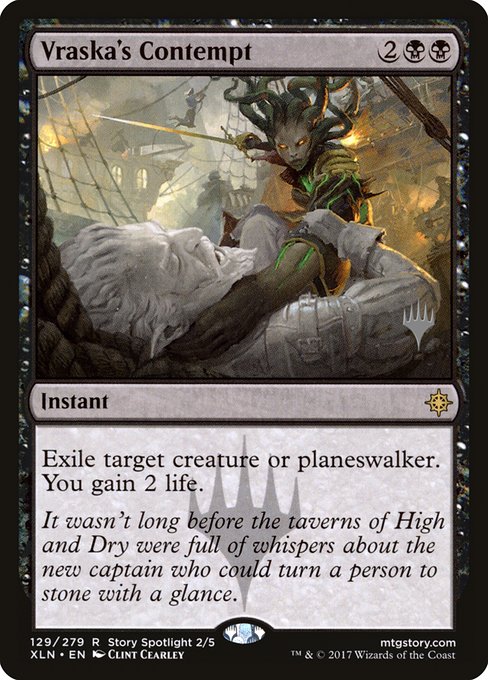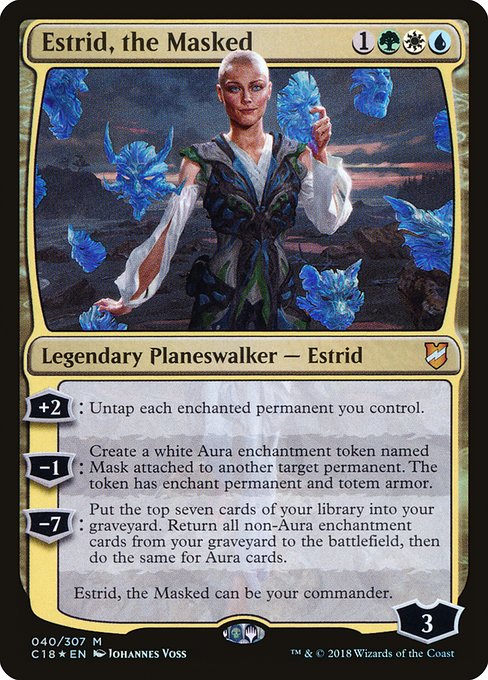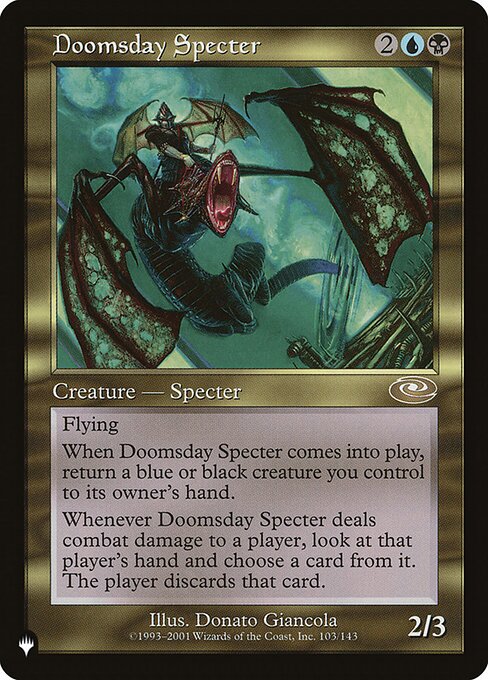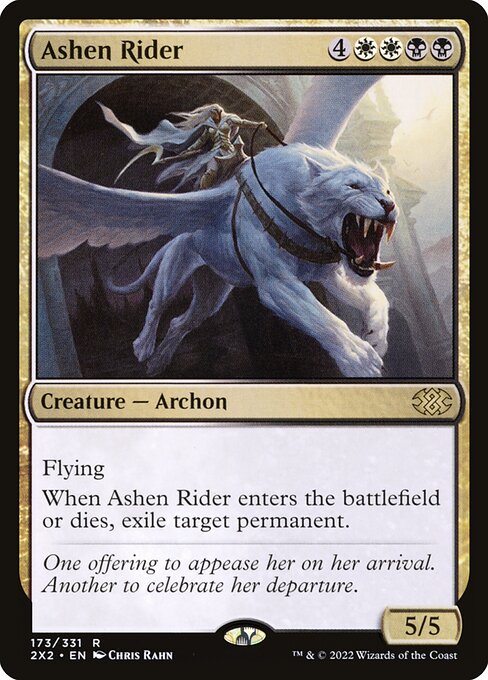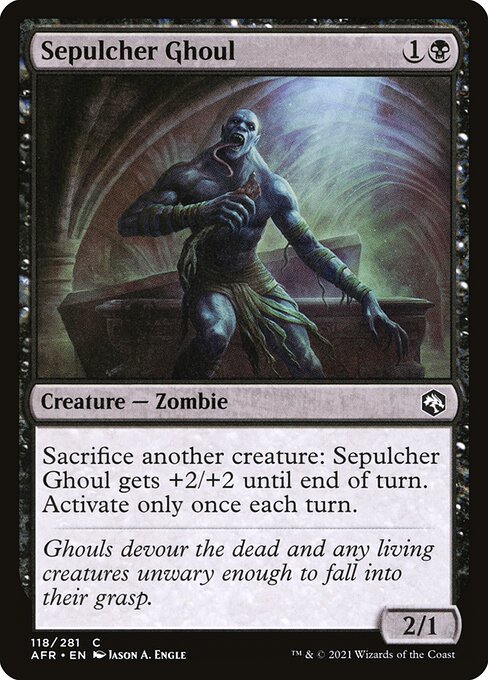
Sepulcher Ghoul

Guide Sections
Strategy Guide
Last updated 2025-07-06Quick Summary
Sepulcher Ghoul is a 2/1 black Zombie creature costing {1}{B}. Its defining ability allows you to sacrifice another creature to give it +2/+2 until the end of the turn. This ability is crucial for maximizing its potential, turning it into a temporary 4/3 powerhouse. However, the activation restriction is vital – it can only be used once per turn, regardless of whether you control multiple creatures that could be sacrificed. This means you cannot chain multiple sacrifices to continually boost its power and toughness throughout a single turn.
The sacrifice clause is flexible and interacts with various cards. It works with any creature you control, regardless of its type, mana cost, or abilities. This means you could sacrifice a weak creature like a Grizzly Bears or a valuable one like Elite Spellbinder, though sacrificing valuable creatures for a temporary boost to Sepulcher Ghoul might not be the most strategic move in all situations. The "+2/+2 until end of turn" effect is temporary; once the turn ends, Sepulcher Ghoul reverts to its base 2/1 power and toughness. This means any effects dependent on its power/toughness (like dealing combat damage) only consider the temporary increase during that turn.
An important edge case is considering the timing of the ability. The ability must be activated before the combat damage step if you want to utilize the bonus in combat. Activating it after combat damage has been dealt will not change the outcome of the combat. Similarly, if Sepulcher Ghoul is removed from the battlefield before the end of the turn, the +2/+2 bonus is immediately removed. Finally, if the sacrificed creature is itself a creature with an ability that triggers upon being sacrificed, that ability will resolve before the +2/+2 bonus is applied to Sepulcher Ghoul.
Sepulcher Ghoul's strategic application hinges on its ability to leverage creature sacrifices for temporary power boosts. Its low mana cost makes it accessible early in the game, allowing for aggressive plays. Decks that benefit most from Sepulcher Ghoul are those built around sacrificing creatures, such as sacrifice-themed black decks or strategies that generate creature tokens readily. Archetypes like Goblin Bombardment decks, which profit from sacrificing creatures to deal damage, or decks utilizing Blood Artist or Zulaport Cutthroat effects, which trigger on creature death, find Sepulcher Ghoul a valuable inclusion.
The Ghoul excels in several roles. Primarily, it serves as a tempo attacker. Its base stats are modest, but the +2/+2 boost, often obtained by sacrificing a weaker creature, allows it to trade favorably or even win combat against larger threats. This tempo advantage can be crucial in pressuring an opponent or securing valuable board control. Secondly, it acts as a synergistic piece within sacrifice strategies, efficiently using expendable creatures to enhance its offensive power. This synergy is particularly powerful in decks that generate multiple tokens, such as those employing Crypt Ghast or Phyrexian Altar. Finally, in slower matchups, Sepulcher Ghoul can also be used defensively; sacrificing a creature to bolster its power might allow it to trade with an attacker and delay the opponent's offensive strategy.
Sepulcher Ghoul's design centers around sacrificing other creatures to grant it temporary power boosts. This immediately points towards strategies leveraging creature sacrifice synergies. Building around it means including a critical mass of expendable creatures, ideally those with beneficial death effects or inherent sacrifice value. Goblin Bombardment exemplifies the latter, synergizing well with the Ghoul's ability as it rewards sacrificing creatures for direct damage. Creatures with abilities that trigger on death, such as Bloodghast, create a repeatable engine – you sacrifice the Bloodghast to pump the Ghoul, then it returns to the battlefield, allowing for repeated activations.
Decks utilizing a self-mill strategy also become viable options. Cards like Strix Serenade and Grim Discovery can help fill your graveyard with expendable creatures to fuel the Ghoul’s power boosts. While you lose the creature permanently, its sacrifice allows you to temporarily increase the power of Sepulcher Ghoul, potentially winning a key combat. This makes the Ghoul a powerful combat trick, as it can surprise an opponent who underestimated its strength.
Conversely, including creatures with high inherent power is less important, as their inherent stats will likely not be used in the same way as other sacrifice strategies. Instead, focus on cheap creatures with relevant abilities which become a resource for temporary power boosts. Mogg Fanatic is an excellent example, acting as both a cheap sacrifice and a potential blocker prior to its sacrifice.
The overall strategy hinges on tempo. Sacrificing a creature for a temporary boost is best utilized to win combat or deal lethal damage. Therefore, efficient creature sacrifice outlets and ways to refill your board are essential, possibly employing cards like Viscera Seer for consistent advantage and card draw.
Sepulcher Ghoul's viability is heavily dependent on the format. Its low mana cost and immediate impact make it appealing in formats where aggressive, sacrifice-themed strategies are prevalent. However, its fragility and reliance on sacrificing other creatures limits its broader appeal.
In Standard, Sepulcher Ghoul faces stiff competition from other aggressive one-drop creatures and is unlikely to see significant play. While there are sacrifice synergies in some black decks, the overall power level of Standard often makes a small 2/1 creature underwhelming, even with temporary buffs. The activation restriction to once per turn also reduces its impact.
Historic presents a slightly more favorable environment. The existence of sacrifice synergies in certain archetypes, such as Blood Artist-centric strategies, could provide a niche for Sepulcher Ghoul. However, it still faces the same core limitation – its inherent fragility. More robust options are usually favored.
Commander offers a more open playing field. Sepulcher Ghoul’s ability shines best within a tribal Zombie strategy or a deck built around sacrifice synergies. In these contexts, consistently sacrificing creatures to repeatedly grant Sepulcher Ghoul +2/+2 is far easier to accomplish. This transforms it from a weak early-game creature into a recurring threat, particularly if combined with cards like Viscera Seer and Goblin Bombardment. Even in broader Commander decks, having a cheap creature that can temporarily boost power to deal with early threats can be useful.
Sepulcher Ghoul shines in situations where you have expendable creatures and need a temporary power boost for a critical attack or block. One example would be a board state where you control Sepulcher Ghoul, a 1/1 Rat Colony, and your opponent has a 3/2 creature threatening to attack. Sacrificing the Rat Colony to Sepulcher Ghoul gives it a +2/+2 boost, turning it into a 4/3 and allowing it to trade favorably with the opponent's creature, effectively removing their threat. This prevents damage and secures board control.
Another scenario involves using Sepulcher Ghoul to push for lethal damage. Imagine a late-game situation with you at 10 life and your opponent at 5. You control Sepulcher Ghoul, a 2/2 Bloodghast, and a 3/1 creature. Your opponent has no blockers. By sacrificing the 2/2 Bloodghast to Sepulcher Ghoul, you give it a +2/+2, turning it into a 4/3 and allowing you to swing for lethal damage (4 + 3 = 7 damage). This secures victory by using a creature you would probably lose to other removal anyhow for a key advantage.
Finally, Sepulcher Ghoul can be useful for triggering abilities or effects that trigger on creature death. For example, suppose you have Sepulcher Ghoul and a Carrion Feeder on the board. Sacrificing a small creature to the Ghoul to boost its power not only allows for a strong attack, but also gives your Carrion Feeder a +1/+1 counter, which could be vital for reaching a particular power threshold to win the game.
Sepulcher Ghoul, a common Zombie from the Adventures in the Forgotten Realms (AFR) set, occupies a modest but intriguing niche in Magic's history. Its design, a simple yet effective temporary buff tied to creature sacrifice, reflects a common theme in black creature design – leveraging the graveyard and the willingness to sacrifice other permanents for advantage. While not a powerhouse in terms of raw stats or overwhelming abilities, its effect provides flexible tempo plays. The ability to grant a significant power/toughness boost to a creature for a single turn allows for opportunistic combat tricks or crucial pushes for lethal damage. Its relatively low mana cost also makes it accessible in various black-based aggressive strategies.
The card's impact hasn't been one of revolutionary game-changing moments. It hasn't seen extensive play in competitive formats like Standard or Modern, lacking the overwhelming power level needed to break through the metagame. Instead, its strength lies in its consistent utility within constructed and limited environments where sacrificing a creature for a temporary boost offers a valuable tactical advantage. Consider its synergy with cards that generate creature tokens, such as Crypt Ghast or Bloodghast. Its effectiveness is further enhanced in decks that generate expendable creatures, allowing for repeated use of its activated ability. The common rarity also ensures its consistent availability in booster packs, making it a regularly accessible card for casual players.
Reprints of Sepulcher Ghoul are currently limited to its appearance in AFR. Future reprints will depend on its lasting perceived value and playability in future formats. While it hasn't established itself as a staple card across various formats, its straightforward functionality and potential synergy with certain strategies suggests its continued relevance in casual and limited play. Its continued accessibility through reprints will be pivotal in determining its overall long-term impact.
Sepulcher Ghoul's design effectively captures the flavor of a scavenging, opportunistic undead creature. The art likely depicts a gaunt, decaying zombie, perhaps clawing at its surroundings or feasting on a recent kill – a visual perfectly suited to its ability. The "sacrifice another creature" clause strongly evokes a sense of cannibalistic behavior common in zombie lore, further enhancing the thematic resonance. This ability synergizes with the common zombie tribal strategy seen in sets like AFR, where players frequently employ strategies based around sacrificing creatures for advantage. This is reinforced by the fact that many common and uncommon zombies in AFR have low toughness, making them readily expendable for effects such as Sepulcher Ghoul's. The relatively low cost of {1}{B} positions it well as a readily available early-game threat, and its 2/1 base stats are appropriate for a common creature of this type. Consider its place alongside other sacrifice-synergy cards like Bloodsoaked Altar or Phyrexian Altar, which might be used to further exploit the Ghoul's ability. The "activate only once each turn" clause prevents runaway abuse, while still allowing for a powerful swing if another creature is available for sacrifice. The card fits the overall gothic horror theme of Adventures in the Forgotten Realms without being overly complicated, making it a solid addition to the set's common creature pool.
Sepulcher Ghoul's mana cost of {1}{B} puts it in the realm of budget-friendly cards. Its common rarity further reinforces this. Many decks can easily include a single black mana and a creature to sacrifice in the early game.
Cheaper alternatives will largely depend on the specific needs of the deck. If the goal is simply a temporary boost to power and toughness, cards like Giant Growth or Might of Old Krosa offer similar effects for different costs. However, these lack Sepulcher Ghoul's synergy with a creature sacrifice strategy. For a strictly budget black creature, Gravecrawler provides a recurring threat, though it doesn't offer a temporary power boost like Sepulcher Ghoul. Ultimately, the "best" alternative depends heavily on the deck's overall strategy and available resources.
Sepulcher Ghoul's seemingly simple design allows for surprising strategic depth beyond its straightforward +2/+2 boost. Its strength lies in its synergy with strategies that generate creature tokens or readily sacrifice expendable creatures. Combining it with cards like Goblin Matron or Phyrexian Altar can lead to significant tempo swings. For example, sacrificing a token creature created by Skirk Prospector or Goblin Ringleader not only boosts the Ghoul but also provides additional resources.
The "activate only once each turn" clause might seem limiting, but strategically using it in conjunction with other effects becomes crucial. Holding back the activation until a crucial moment – perhaps before a combat step or to make a blocking assignment more effective – significantly increases its value. This becomes especially relevant in decks utilizing sacrifice synergies, where the timing of the Ghoul's buff can drastically impact the board state.
One less obvious application lies in its utility against certain control strategies. If an opponent is relying heavily on board wipes, sacrificing a creature to temporarily boost the Ghoul might be a worthwhile trade, allowing it to survive the wipe and continue contributing to the following turns. This can be especially potent against sweeps that only target creatures with a certain power or toughness. The temporary nature of the +2/+2 buff is both a strength and a weakness, needing to be played carefully to maximize its impact and avoid over-committing resources. The decision to sacrifice a valuable creature to boost the Ghoul needs to be weighed against the potential loss and the overall board position.
Sepulcher Ghoul's biggest pitfall lies in its reliance on sacrificing another creature to get its bonus. Players often make the mistake of using it without having a suitable creature to sacrifice. This renders the +2/+2 a wasted opportunity, leaving a vulnerable 2/1 on the battlefield. Sacrificing a valuable creature like Bloodghast or Champion of the Parish for a temporary buff can be detrimental to overall game strategy, especially if the Ghoul is then immediately removed.
Another common mistake is activating the ability too early. Holding off until a crucial combat step or until the player has a better creature to sacrifice (a larger creature for a bigger impact, or even a creature with death effects) can lead to far more impactful plays. For example, activating it after your opponent plays a removal spell targeting your weaker creature means you didn't lose a card and your Ghoul gets the buff.
Finally, some players forget the "once each turn" restriction. Trying to repeatedly boost the Ghoul in a single turn will result in wasted attempts. Careful timing and planning are essential to maximizing its effect.
Sepulcher Ghoul is a cheap, aggressive common that offers a powerful temporary boost in the right circumstances. Its low mana cost makes it easy to include in aggressive black decks, and its +2/+2 effect can push through crucial damage, especially when combined with other small creatures. The requirement to sacrifice another creature limits its utility; it's best played when you have expendable creatures on the board, such as tokens generated by Bloodline Keeper or Phyrexian Altar. Consider playing Sepulcher Ghoul earlier in the game to maximize the impact of its temporary power and toughness increase, as later in the game, sacrificing a valuable creature might be too costly. Overall, Sepulcher Ghoul is a solid inclusion in aggressive black strategies that can readily generate or sacrifice creatures.
